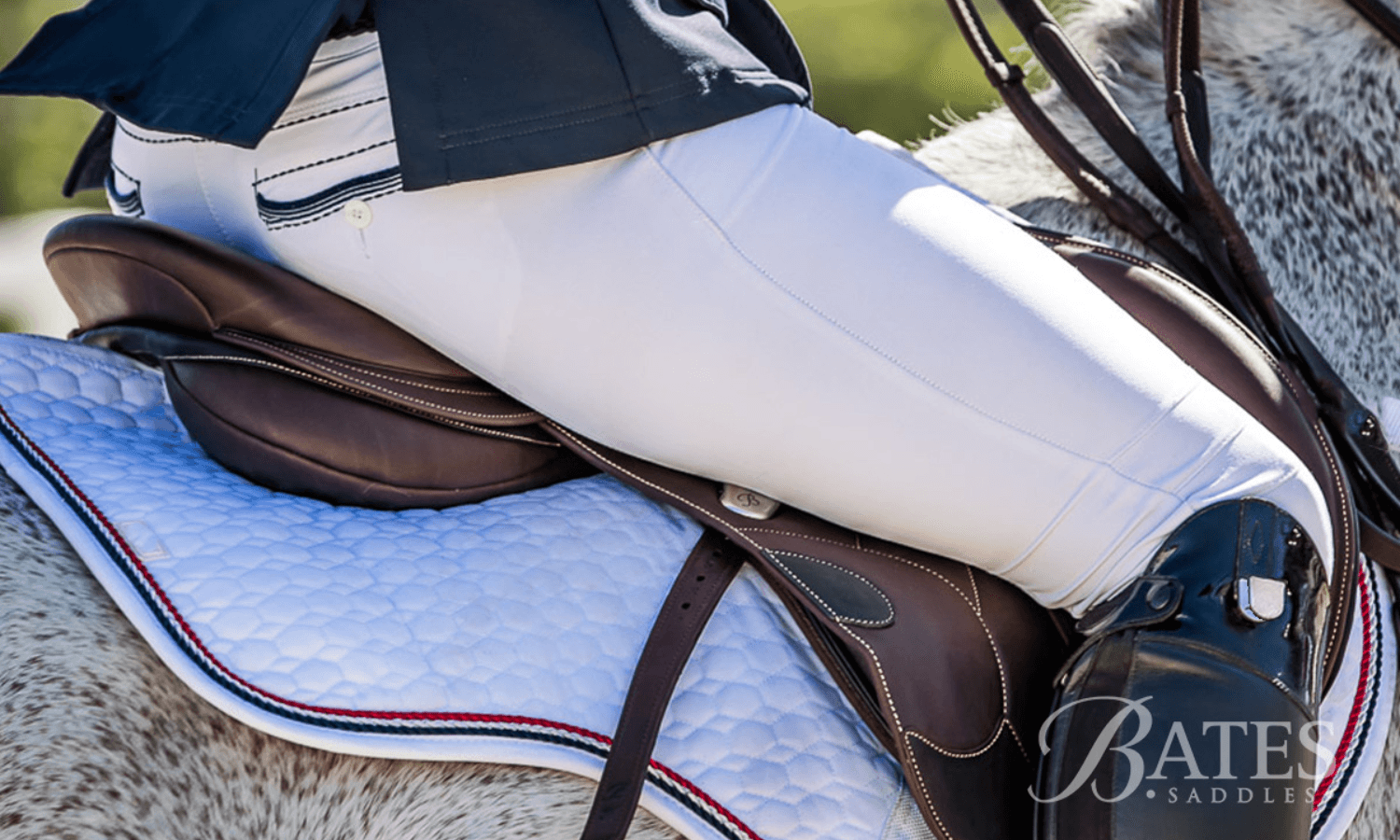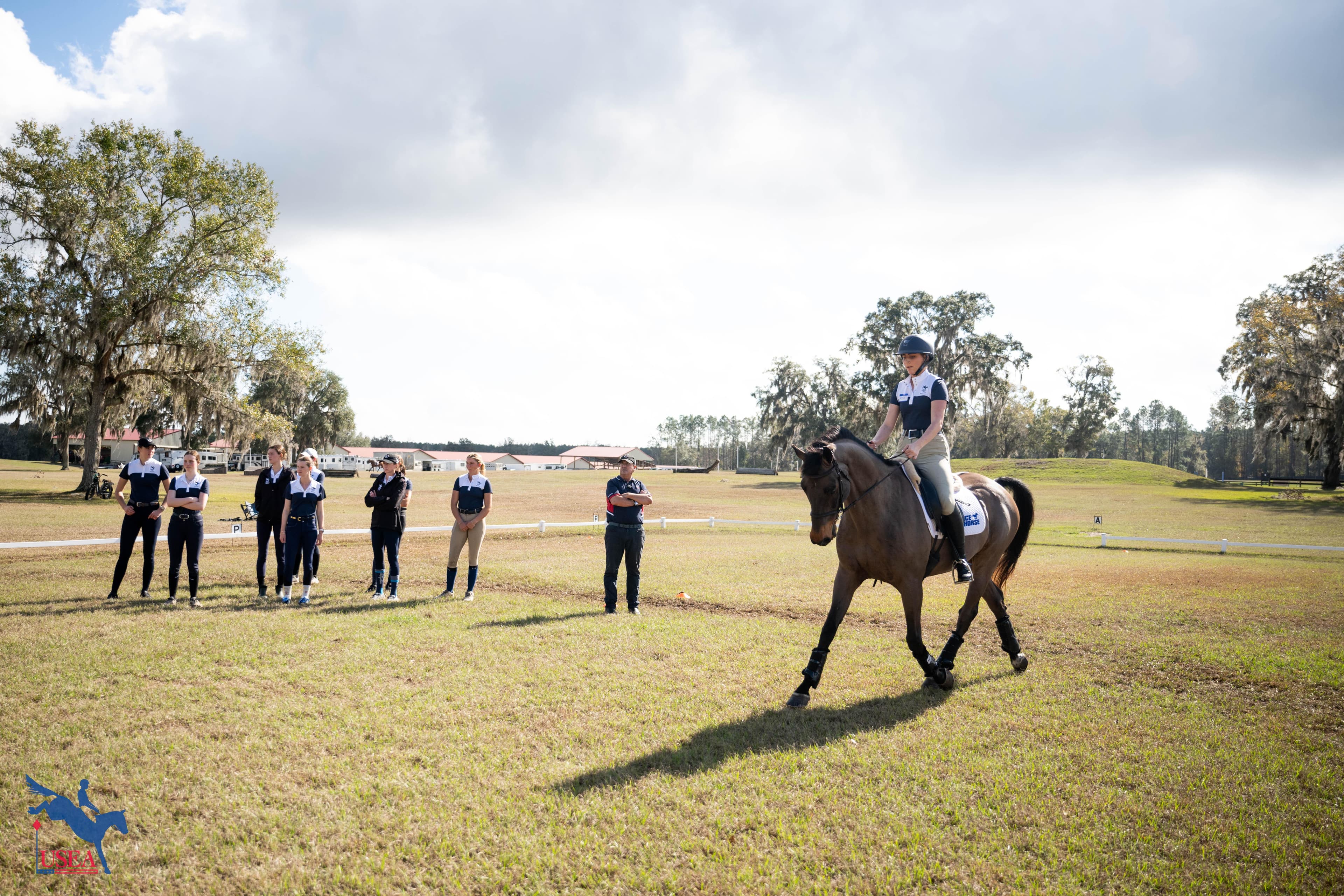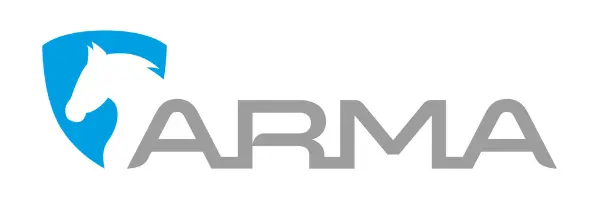10 Things You Didn’t Know About the FEH Program
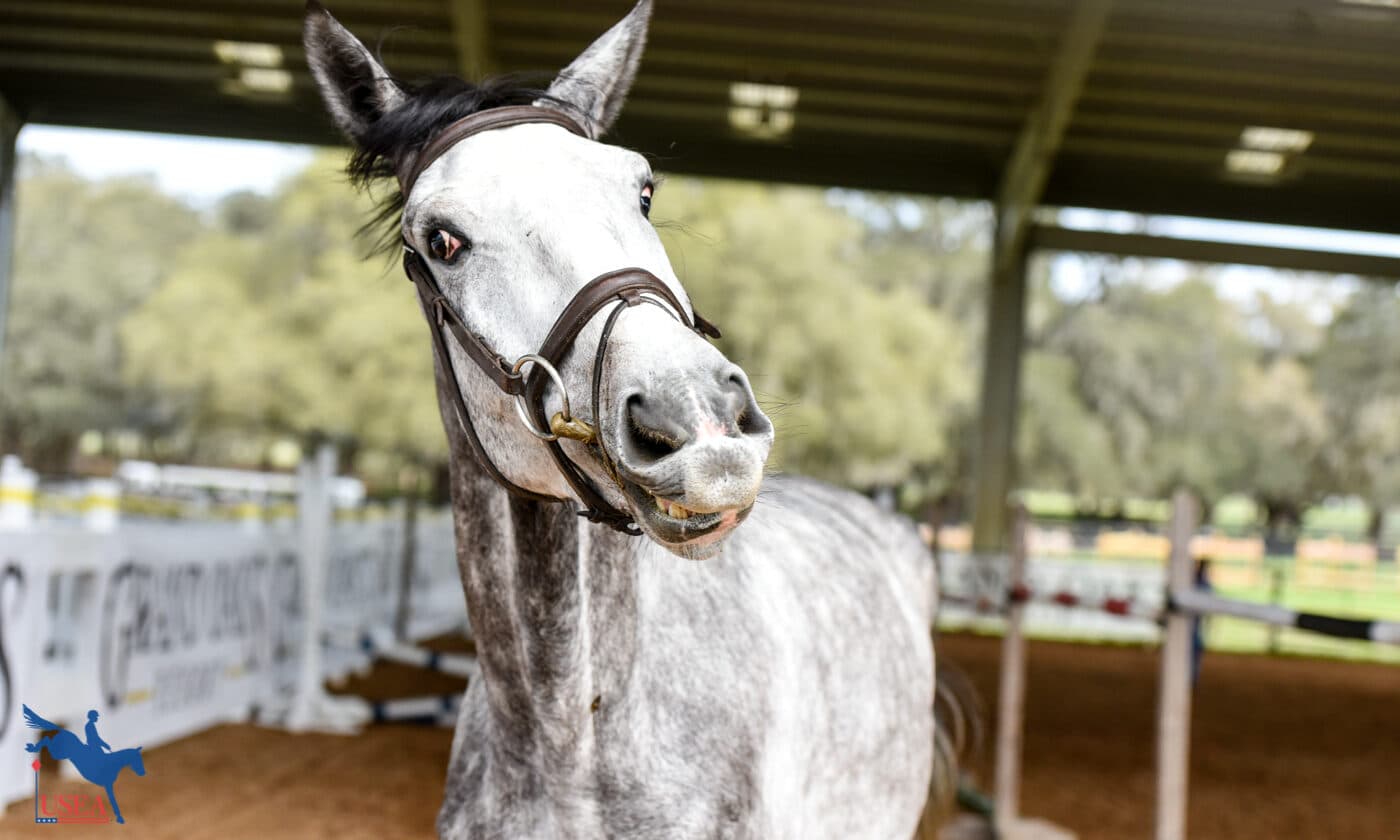
The United States Eventing Association (USEA) has a variety of programs that focus on education and the Future Event Horse (FEH) program is one of them. The main goal of the program is to educate horse breeders, owners, buyers, judges, and event riders on what qualities to look for in yearlings, 2-year-olds, 3-year-olds, and 4-year-olds in order to develop a promising upper level event horse. A program that was created from the success of the USEA Young Event Horse (YEH) program, the FEH program turns 11 years old this year.
1. There are a total of 37 competitions on the 2019 USEA Future Event Horse calendar. This includes the three FEH championships: the West Coast Championships at Twin Rivers Ranch in Paso Robles, California on September 19, the Central Championships at Snowdonia Farms in Tomball, Texas on September 26, and the East Coast Championships at Loch Moy Farm in Adamstown, Maryland on September 28-29.
2. Hilltop Farm’s Holsteiner stallion Riverman (Redfort x Alexis III) had six offspring competing in the 2018 FEH Championships. Named the 2018 USEF Eventing Sire of the Year, Riverman has also sired notable event horses including Fleeceworks Royal (Riverman x Marisol), Celtic Rhythm (Riverman x Obria), and River King (Riverman x Singing Play).
3. Not to be outdone by Riverman, another Holsteiner stallion, Mighty Magic (Mytens xx x Neika I), had three offspring to finish with a championship title at the 2018 FEH Championships: Hallelujah DF (Mighty Magic x Columbia BF), Iluminda (Mighty Magic x La Patrona), and Like Magic WTW (Mighty Magic x Westbound).
4. Only two horses have earned three consecutive FEH championship titles: Ronald Zabala-Goetschel’s Anglo-Arab/Irish Sport Horse stallion Wise Master Rubelk (Shamelk x Master Ruby) and Cheron Laboissoniere’s Holsteiner mare Hallelujah DF (Mighty Magic x Columbia BF).
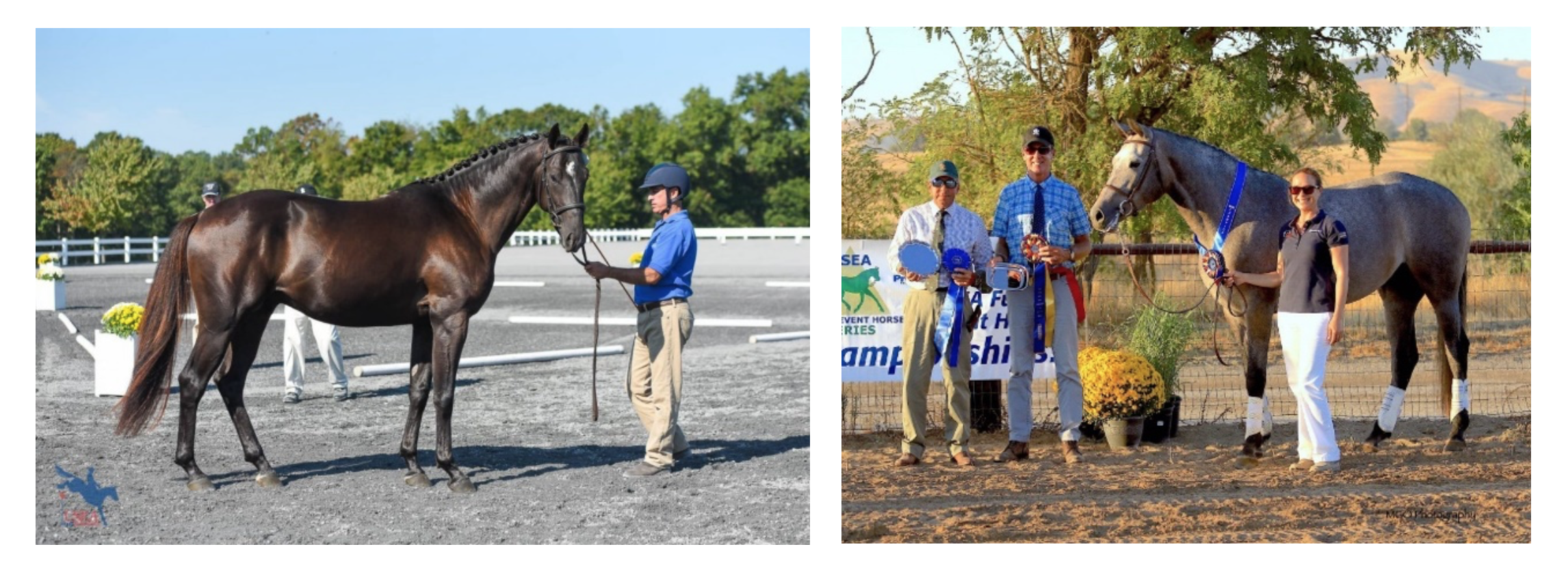
5. Yearlings are the only age group where a halter is allowed for presentation at a FEH competition. Two-year-olds and 3-year-olds must be presented in a bridle. In the FEH rules
it explains the type of bridle: a clean, well-fitting snaffle bridle with headstall and throatlatch with reins attached is mandatory. Reins must be attached only to the bit. Nosebands are optional. A snaffle type bit is required. A split or single chain with a lead may be used instead of, or in addition to, reins.
6. Three horses have reached the 90th percentile at FEH championships. Henry, the 2009 2-year-old champion, received a 90.7; Wise Santos Du Pele, the 2017 Yearling Champion, received a 90.82; and Hallelujah DF, the 2018 Grand Champion, received a 90.19.
7. The FEH program was introduced in 2007 as a precursor to the USEA Young Event Horse Program. The FEH program was made an official USEA program in 2008.
8. There are two requirements to become a certified FEH judge: 1) to be either a USEF licensed official or a USEF ‘r’ eventing dressage judge and 2) to attend an FEH Educational Seminar.
9. The FEH program evaluates yearlings, 2-year-olds, and 3-year-olds. In 2017, the FEH 4-year-old division was introduced as an opportunity for horses not quite ready for the YEH program. The 4-year-olds are presented under saddle at the walk, trot, and canter before being stripped of their tack and evaluated for their conformation. The 3- and 4-year-olds are the two age groups to go through the jump chute which is only offered at FEH Championships.
10. The ‘Grand Champion’ title is awarded to the highest placed 3-year-old at every East, West, and Central FEH Championships.
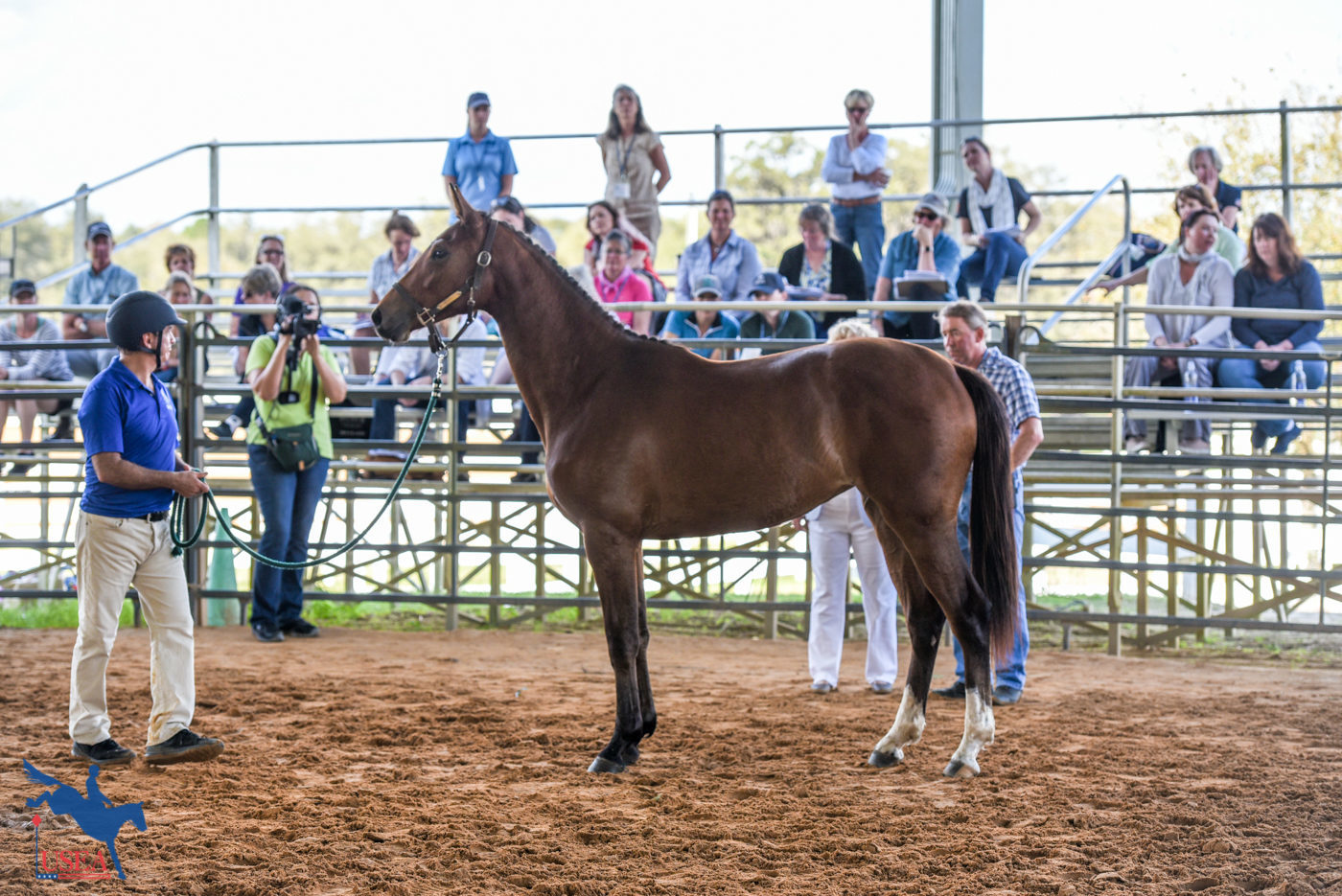
About the USEA Future Event Horse Program
The USEA introduced the Future Event Horse Program in 2007 in response to the popularity of the already established USEA Young Event Horse Program. Where the YEH program assesses 4- and 5-year-old prospective event horses based on their performance, the FEH program evaluates yearlings, 2-year-olds, 3-year-olds, and 4-year-olds for their potential for the sport based on conformation and type. Yearlings, 2-year-olds, and 3-year-olds are presented in-hand while 4-year-olds are presented under saddle at the walk, trot, and canter before being stripped of their tack and evaluated on their conformation. Divisions are separated by year and gender. At the Championships, 3-year-olds and 4-year-olds are also required to demonstrate their potential over fences in an additional free-jump division. Click here to learn more about the Future Event Horse Program.
The USEA would like to thank SmartPak, Standlee Hay Company, and C4 Belts for sponsoring the Future Event Horse Program.

